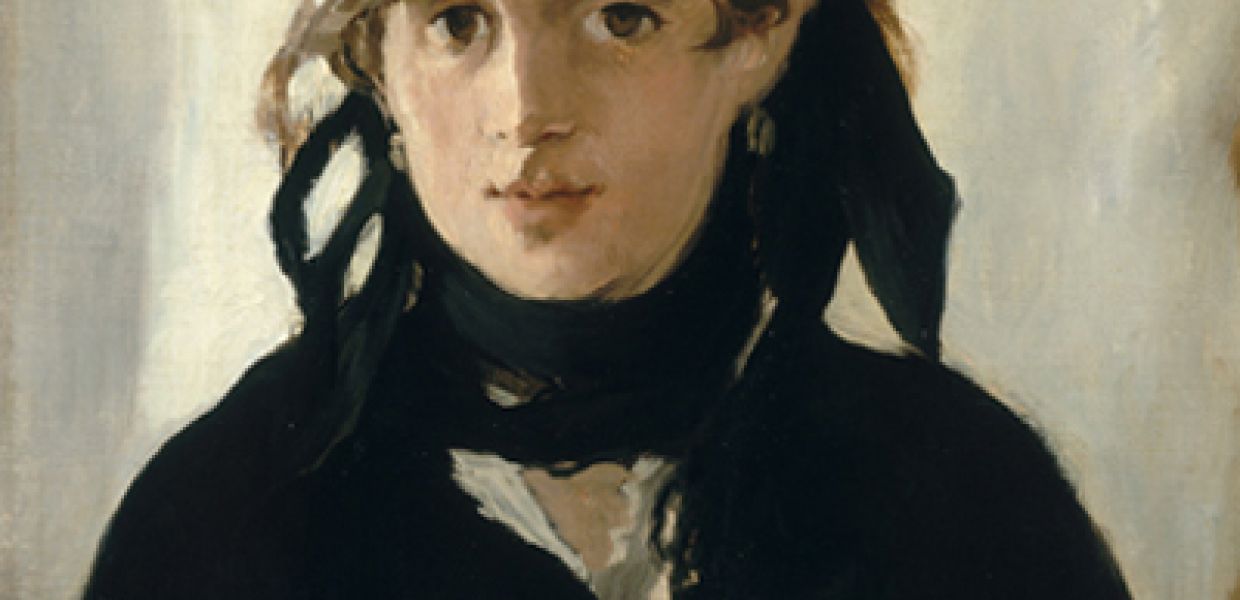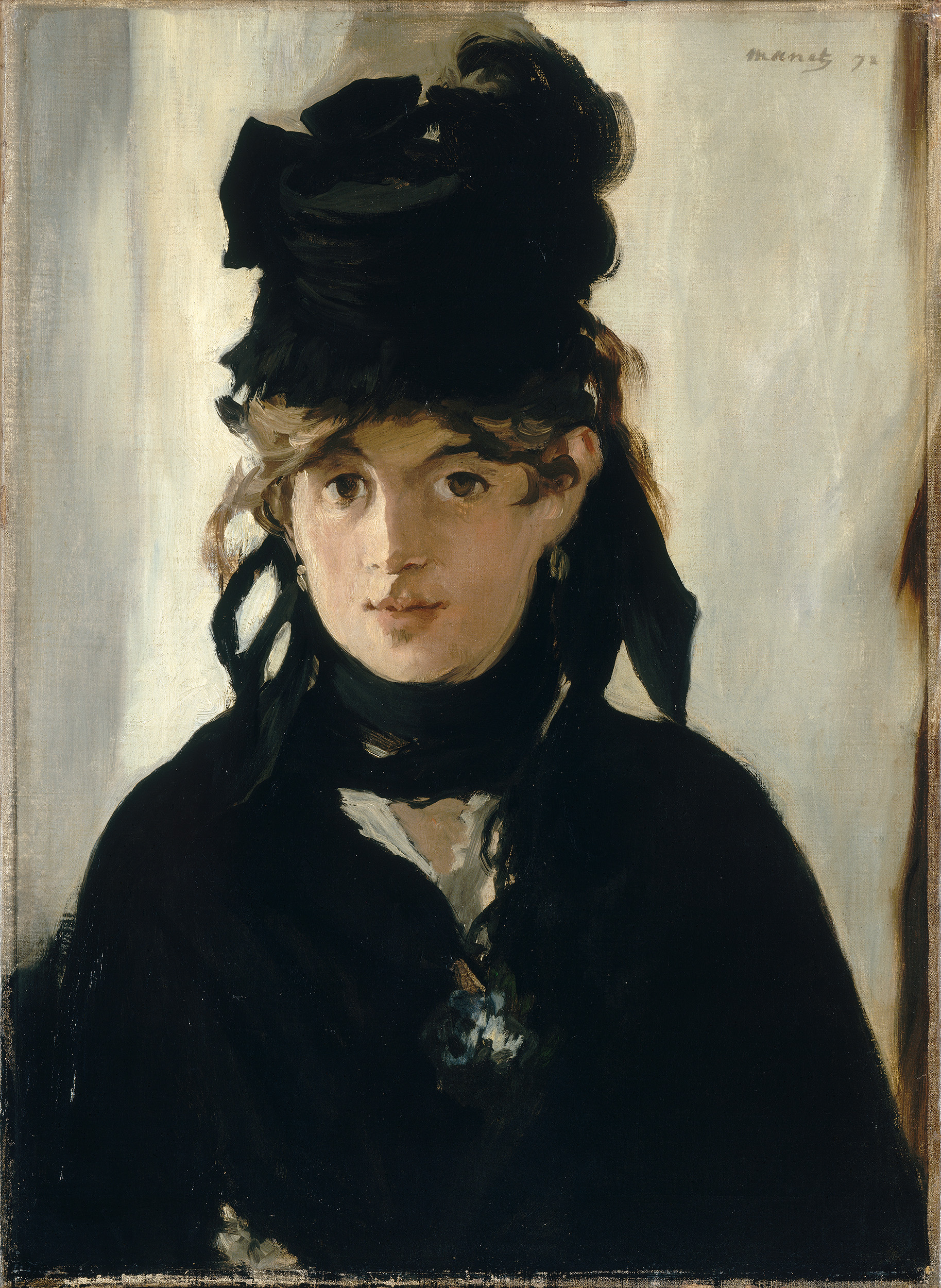Choosing a country's artworks for Europeana 280: France

Continuing our weekly series exploring each country's nominations for Europeana 280, Ann Maher, Europeana 280's Exhibition Coordinator, highlights nominations from France.
The selections from France reflect different periods in its vivid national history and include iconic paintings that influenced the history of art worldwide. The profound impact of French artists and institutions can be seen in the nominations across art movements from every other country submitting works for the 280 campaign. What are some highlights of the French selections?
Treasures from royal courts
Twelve nominations from six institutions (Musée du Louvre, Musée d'Orsay, Bibliothèque nationale de France, Centre Pompidou - Musée national d'art moderne, Centre de création industrielle and Château de Versailles et Trianon) cover work from the 13th to 20th centuries. From the Louvre comes a celebrated Renaissance portrait of the second school of Fontainebleau. After religious wars, Henri IV (1553-1610) resumed the decorative renovation of royal palaces and according to the museum the anonymous painting of Gabrielle d’Estrées and her sister typifies the ‘sensuality, fresh color, and Italianizing style of French court painting at this time’.
Gabrielle d'Estrées (1571-1599) was a royal favourite and the affectionate way in which her sister tweaks her nipple has been interpreted as a reference to her pregnancy with the child of Henry IV. The Musée du Louvre acquired the picture in 1937.
Also from the Musée du Louvre, a vision of absolutism in the portrait of Louis XIV in his coronation robes by Hyacinthe Rigaud (1659-1743), a French Baroque painter of Catalan origin. Although commissioned by the sun king as a gift for his grandson, Philip V, it was so popular it never made it’s way to Spain and a copy was made for Versailles. According to the museum it remained in the royal collections until after the Revolution and in 1793 was handed over to the Muséum Central des Arts de la République, later known as the Musée du Louvre.
Revolution!
Eugène Delacroix witnessed the uprising against the last Bourbon king, Charles X, and according to the Musée du Louvre, “His emotional temperament largely explains the force of his portrayal of the recent explosion of rage on the streets of Paris.” Liberty Leading the People (1830) was presented at the Salon of 1831 where it was one of 23 paintings representing events of the July revolution. Many critics, attuned to more classical representations, rejected the work and it was initially hidden from public view. Delacroix is now considered a leading figure in French Romanticism, influencing later movements such as Impressionism and Symbolism due to his brushwork and use of colour.

Berthe Morisot au bouquet de violettes (1872), Edouard Manet, Musée d'Orsay, CC BY-NC-SA
Paris: epicentre of art
The annual or biannual exhibitions of the Académie de Beaux-Arts in Paris, known as the Salon, attracted huge crowds and press coverage including cartoons by caricaturists such as Daumier, but the conservative selection juries were unresponsive to new artistic directions. Painters such as Edouard Manet and Claude Monet - selections from the Musée d'Orsay in Paris - were striving to portray modern life and painting in new ways. The eight Impressionist exhibitions from 1874-1882 and the Salon des Indépendants (1884) and Salon d’Automne (1903) became the influential showcases for new trends, which along with the attractions of bohemian life in the capital, made Paris the global epicenter of art in the late 19th and early 20th century.
Paul Gauguin’s banking career in Paris was abandoned after the financial crash of 1882. After an unsuccessful move to Copenhagen with his children and Danish wife Mette, he continued to move in artistic circles and eventually he abandoned finance altogether to paint full time. According to the Musée D’Orsay, their Gauguin selection Tahitian Women (1891), “is typical of his paintings during the early part of his first stay in the Pacific, paintings often depicting Tahitian women busy with simple daily tasks… above all, these characters herald the coloured effects of Matisse with their powerful graphic style and vivid colours.”
Strange and spellbinding
Eduard Manet sought recognition until the end of his life. He chose not to join the Impressionists in their first exhibition, continuing in his determination to ‘conquer the Salon’, according to the Musée D’Orsay, but lent work by Monet and Sisley from his own collection to support a later show. The painting that was accepted at the salon of 1872 was a seascape, but it is Berthe Morisot with a Bouquet of Violets (1872), shown in a retrospective of his work at the third Salon d’Automne in 1905, that is world famous now. According to the Musée D’Orsay: “This strange and spellbinding portrait was rapidly considered by his friends to be one of the artist's masterpieces.”
We hope you're enjoying the wonderful artworks selected for the Europeana 280 campaign via Europeana Art History (where the entire selection of 280 artworks can be seen in all their glory) and in our virtual exhibition Faces of Europe. The #BigArtRide will be in Paris next week! From 23 - 25 June at 128-162 Avenue de France. You will be able to put on a virtual reality ‘Oculus Rift’ headset and navigate through a virtual city whilst experiencing centuries of Europe’s art.
And you can follow the conversation on Twitter via #Europeana280.
